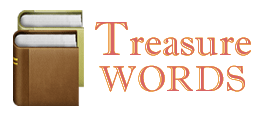meaning of turbo prolog
1. Turbo Prolog A strongly typed Prolog-like logic programming language. 1986. It has user-defined domains. Programs are arranged in sections: DOMAINS, CLAUSES, PREDICATES, DATABASE and GOAL. It is currently known as PDC Prolog and is distributed by Prolog Development Center, Atlanta +1 404 873 1366. E-mail:
